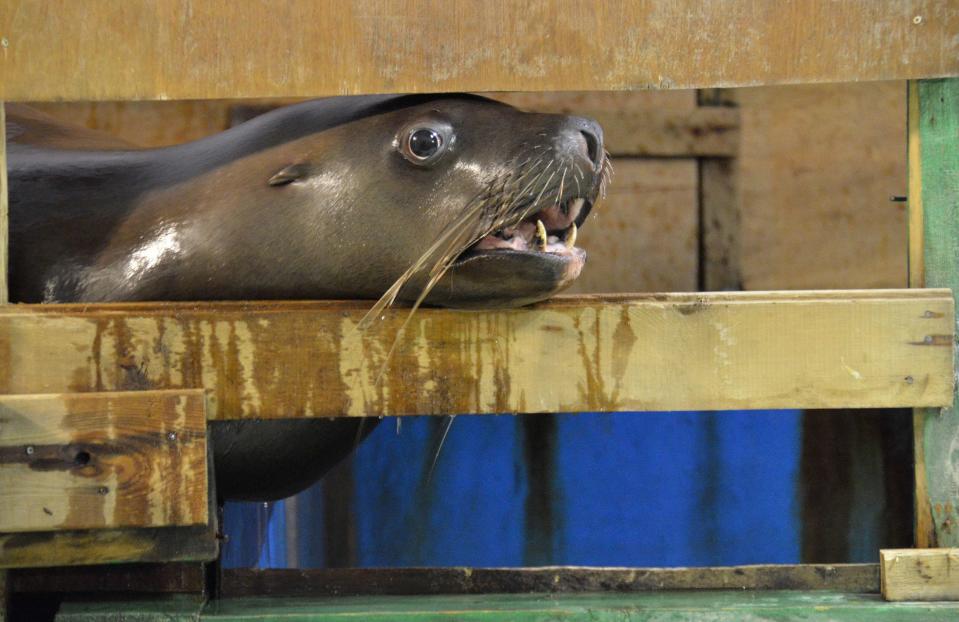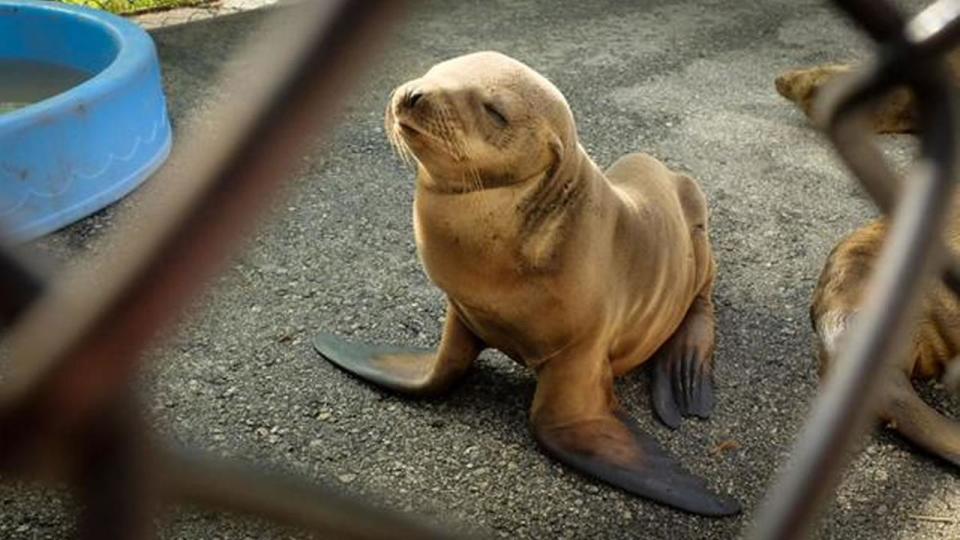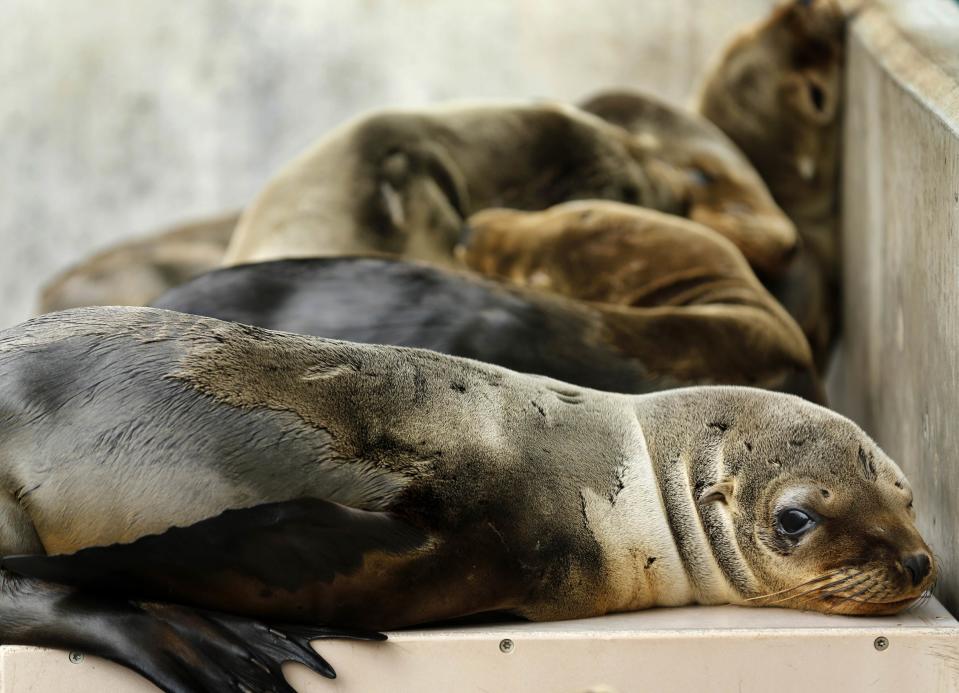Sea lion strandings: Why are so many pups starving to death on California shores?
A record number of sea lion pups have washed up onto Southern California beaches this year — leading many to wonder why.
The National Marine Fisheries Service, also known as NOAA Fisheries, says that sea lion stranding rates were five times over the average in January. Though it's too early to pinpoint an exact cause, the agency will keep an eye on the availability of sea lion prey, which is likely a contributing factor.
Jim Milbury, public affairs officer for the agency's West Coast region, said the pups are arriving on shore emaciated, just as they did two years ago when there was a similar spike.
“The prey source is just too far away for the mothers to go out, get food and come back and wean the pups,” he told Yahoo News.
Many experts think this year's El Nino-type conditions — abnormally warm water — might be responsible for driving sea lion prey deeper into the sea. These bands of warmer water have been present in late 2014 and early 2015, though NOAA has not yet officially declared an El Nino.
Peter Wallerstein, director of Marine Animal Rescue in Los Angeles County, says the sea lions cannot dive down far enough to reach the food.
“I’m just dealing with it one animal at a time, as best as we can,” Wallerstein said in an interview with Yahoo News. “We rescued four today [even though] we are limited to three a day because the rehab center is so full. We had to leave some adults on the beach. It’s like a paramedic not having a hospital to bring a patient.”
Wallerstein says his group has saved 129 sea lions this year, far surpassing the next highest figure from 2013 — 30 rescues.
“It’s the highest number I’ve had in 29 years of rescues,” he said. “We get like 50 calls a day on sea lions.”
Michael Remski, marine mammal rehabilitation manager for the California Wildlife Center, explained that sea lions are born in June each year on the Channel Islands, just west of Los Angeles.
These pups stay with their mothers for six to eight months, then start branching out on their own, according to Remski.
“It’s getting off to a rocky start, these undernourished and underweight pups are coming to the mainland,” he told Yahoo News. “But by the time they reach the mainland, they are so starved that they are basically shutting down.”
Remski says pups are being born at lower birth rates than usual, which might have to do with the health of the mother.
NOAA Fisheries says scientists are continuing to collect samples to rule out algal blooms and infectious disease outbreaks as causes. There is currently no indication that they are playing a role.
El Nino years have traditionally resulted in higher numbers of strandings due to the food shortages and increased physiologic stress for marine life.
Beachgoers should exercise caution if they encounter stranded sea lions, which can become aggressive quickly if they feel cornered.




